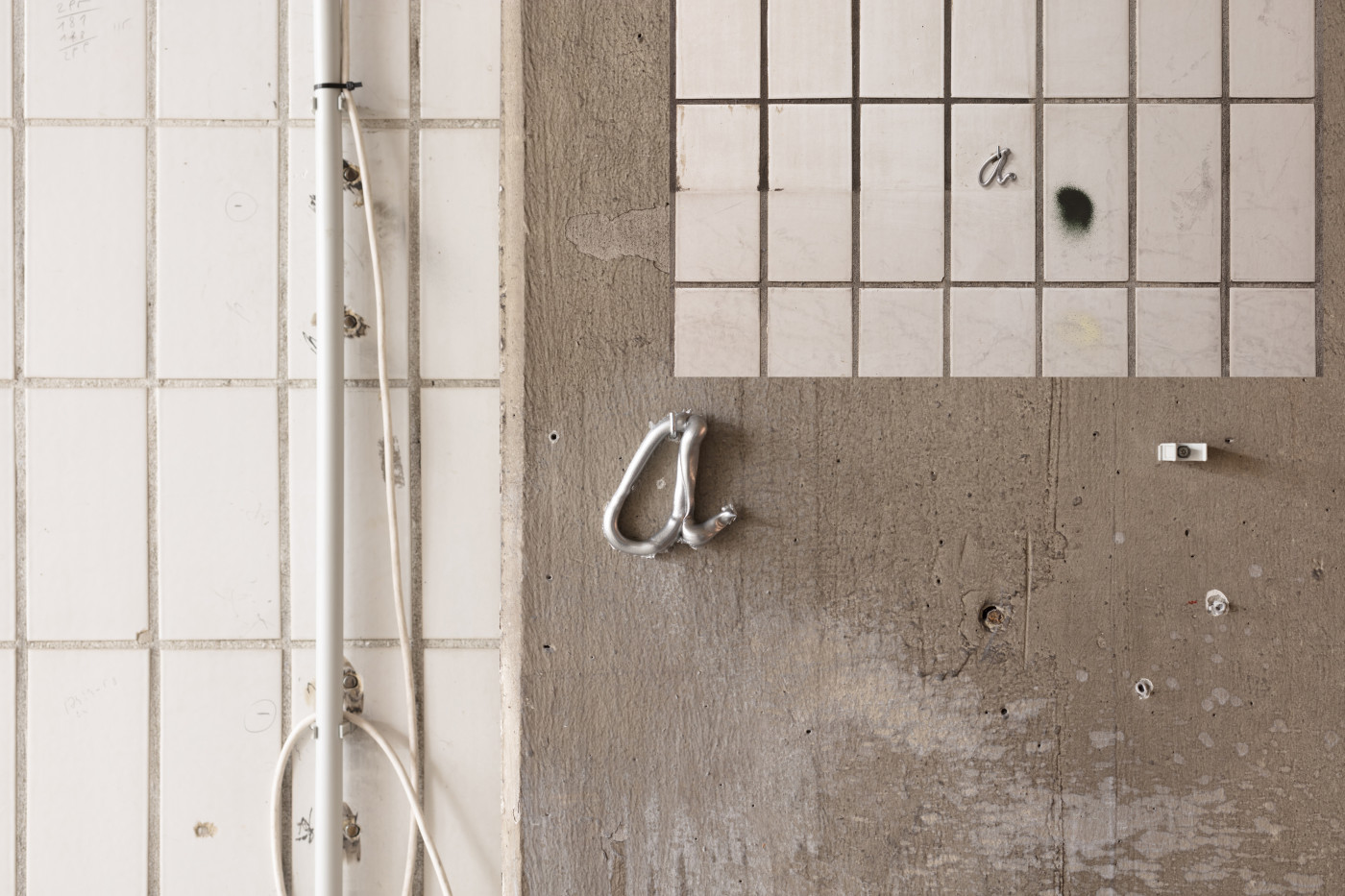Wenn Friedrich Nietzsche mit seiner Götzen-Dämmerung (1889) die Frage aufwirft, wie man mit dem Hammer philosophiert, geht es ihm um nicht weniger als darum, tradierte Werte auf ihren Gehalt hin abzuklopfen, um sie bei Bedarf überhaupt zu zerschlagen. Hatte dieser Anspruch im Kontext des Modernediskurses buchstäblich Methode, so hat er sich mit dem Aufschwung neo- und postavantgardistischer respektive postmoderner Tendenzen seit Mitte des 20. Jahrhunderts zunehmend relativiert. Innerhalb der letzten Jahrzehnte hat der Rekurs auf topologische Denkansätze im Feld der Kunst und Kunsttheorie eine Vielzahl neuer Konzepte, Werke und Praktiken zutage gefördert, die auf Operationen des Vernetzens, Verknüpfens, Verwebens, Verzerrens, Faltens oder Umstülpens zurückzuführen sind und dem Essentialismus modernistischer Positionen ein Denken in Singularitäten, Relationen, Transformationen und Uneindeutigkeiten entgegensetzen.
Das in rezenten Studien oft zitierte Denkbild des umstülpbaren Handschuhs, das binäre Kategorien wie rechts und links, rechtens oder falsch, außen und innen, oberflächlich oder tiefsinnig gezielt unterwandert, wird im Titel des Projekts durch den Rückbezug auf die stoffliche Ebene – auf das elastische Material Gummi – nochmals zugespitzt: Wer mit dem Gummihandschuh philosophiert, öffnet sich mit dem Widerstand und Eigensinn des Materials notwendig auch dem Dehnbaren und Ambivalenten, allen möglichen Verzerrungen und Komplikationen, Verstrickungen und Entwicklungen, die von einer Form zur anderen führen und der Idee der Essenz und der souveränen Autorschaft ein Werden in Vielheiten und ein Erblickt-Sein durch das jeweils Andere entgegenhalten.
Der Fokus des Projekts liegt damit auf der Frage, inwieweit sich mit der zunehmenden Bedeutung topologischer Operationen und Konzepte in der zeitgenössischen Kunst und Theorie ein Paradigmenwechsel abzeichnet, der jenseits der vielen inhaltlichen Wenden/turns der letzten Jahrzehnte (linguistic, interpretive, performative, reflexive, discursive, translational, pictorial, iconic, spatial, postcolonial, material etc.) endlich auch Methoden auf den Weg bringt, mit denen statisch gedachte Dichotomien wie modern/postmodern, organisch/mechanisch, männlich/weiblich, Natur/Kultur, Kunst/Wissenschaft etc. zugunsten von Forschungsansätzen und Kunstpraktiken zu überdenken sind, die einem Prinzip der des Sowohl-als-Auch und einer Logik der stetigen Transformation folgen.
War die ›Wende zum Raum‹ in den Kultur- und Sozialwissenschaften seit den 1980ern noch vorwiegend auf eine thematische Auseinandersetzung mit Fragen des Ortes oder Feldes hin ausgerichtet, so verstehen sich die Ausstellung und der Workshop »Wie man mit dem Gummihandschuh philosophiert« vielmehr im Sinne einer Denkwerkstatt, in der die Idee der Wendigkeit auch auf methodischer Ebene produktiv gemacht werden soll. Wenn Theorie und Praxis, Wissenschaft und Kunst sich gegenseitig befruchten sollen, so sind dafür Räume vonnöten, denen ein Prinzip der Öffnung und der Durchlässigkeit zugrunde liegt und in denen ein topologisches Ineinandergreifen, Sich-Vernetzen und Ineinander-Umschlagen unterschiedlicher Perspektiven und Zugänge greifbar wird.
Mit Arbeiten und Beiträgen von Gerhard Dirmoser (Linz), Sarah Kolb (Linz/Wien), Katrin Mayer (Düsseldorf/Berlin), Pauline M’barek (Köln/Brüssel), Max Schaffer (Berlin), Matthias Sohr (Lausanne), Michael Rottmann (Basel) und Jens Vetter (Linz).
Organisiert und kuratiert von Sarah Kolb, Abteilung für Kunstgeschichte und Kunsttheorie, Kunstuniversität Linz.
